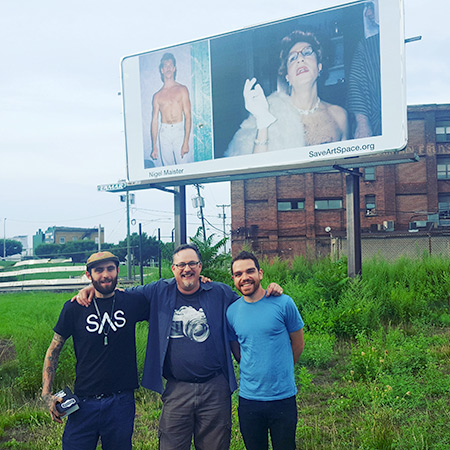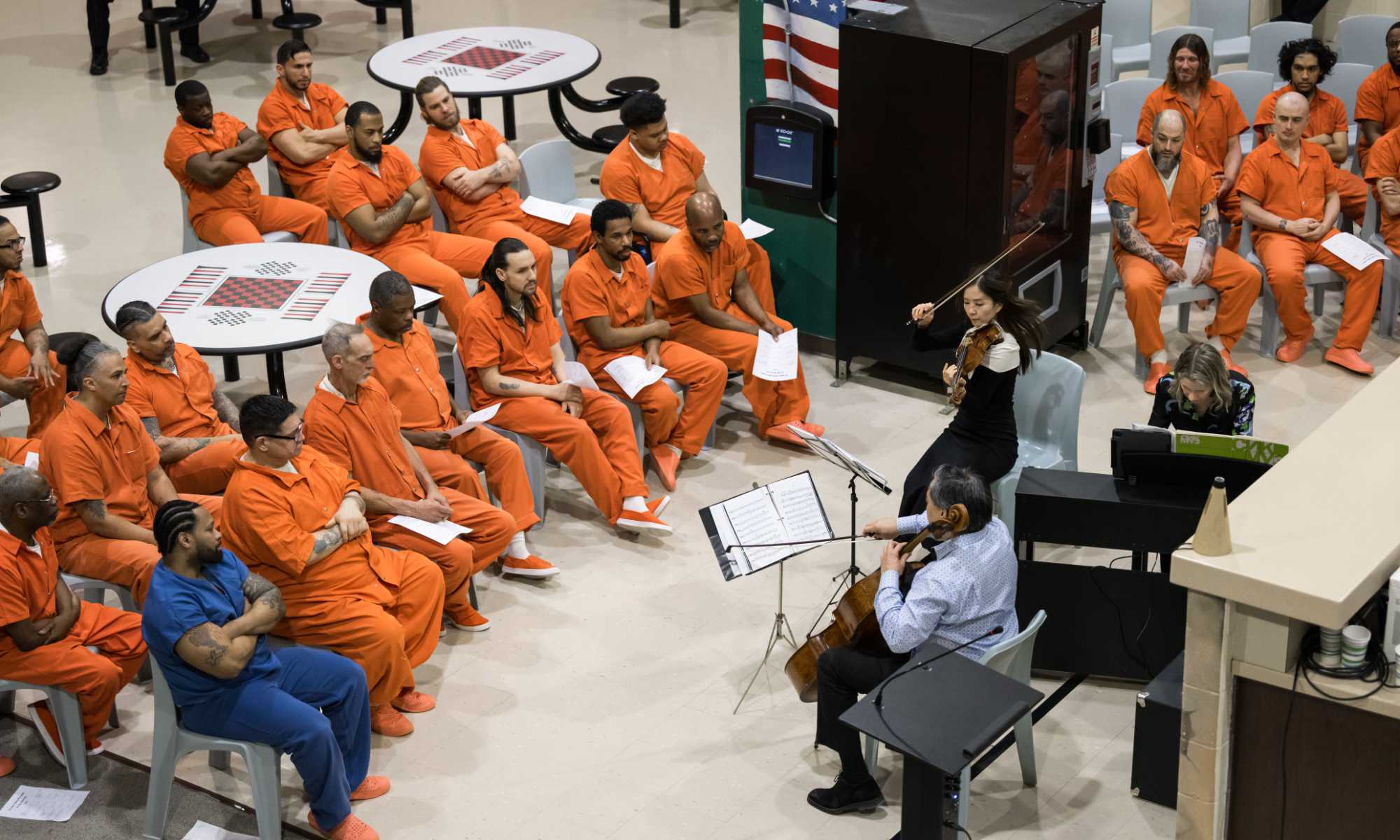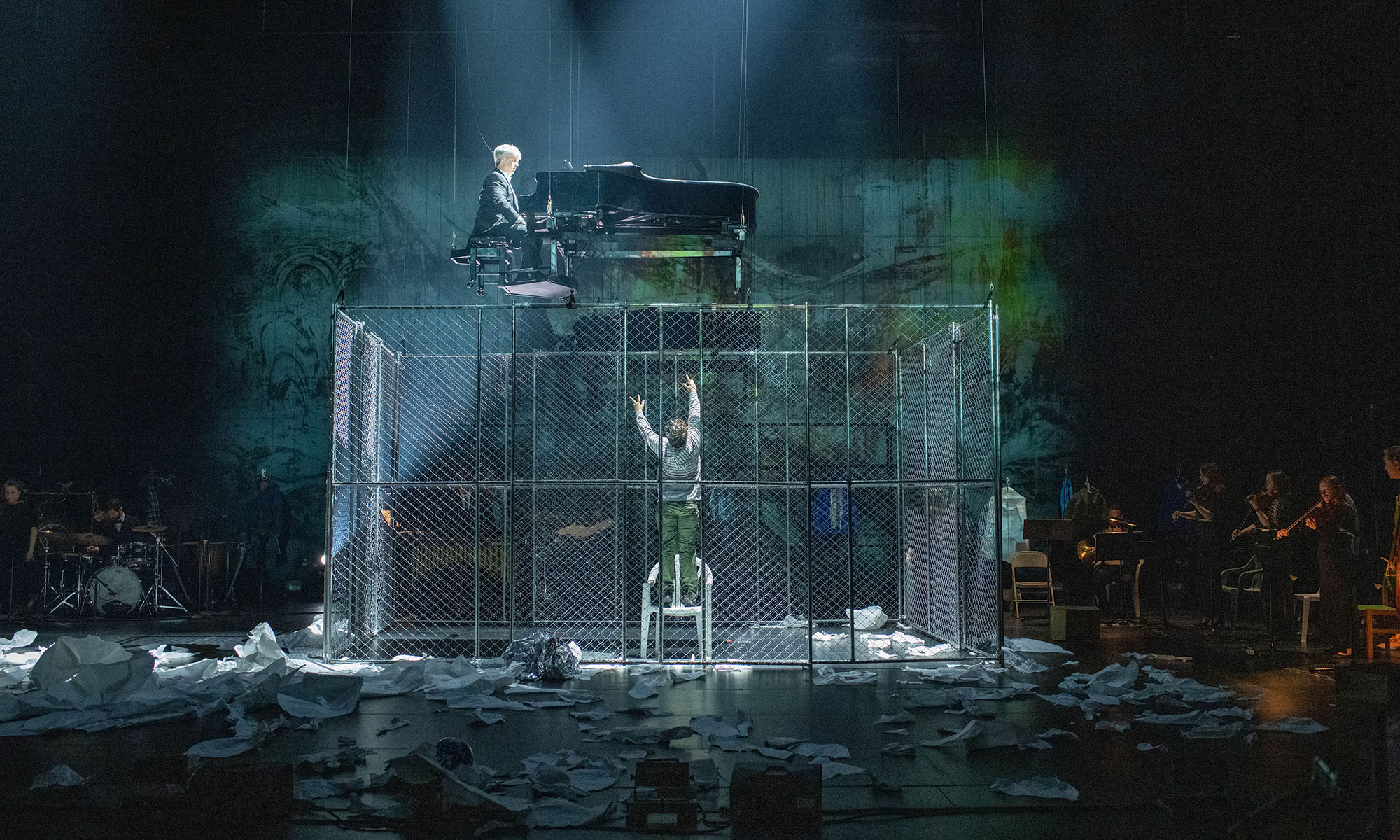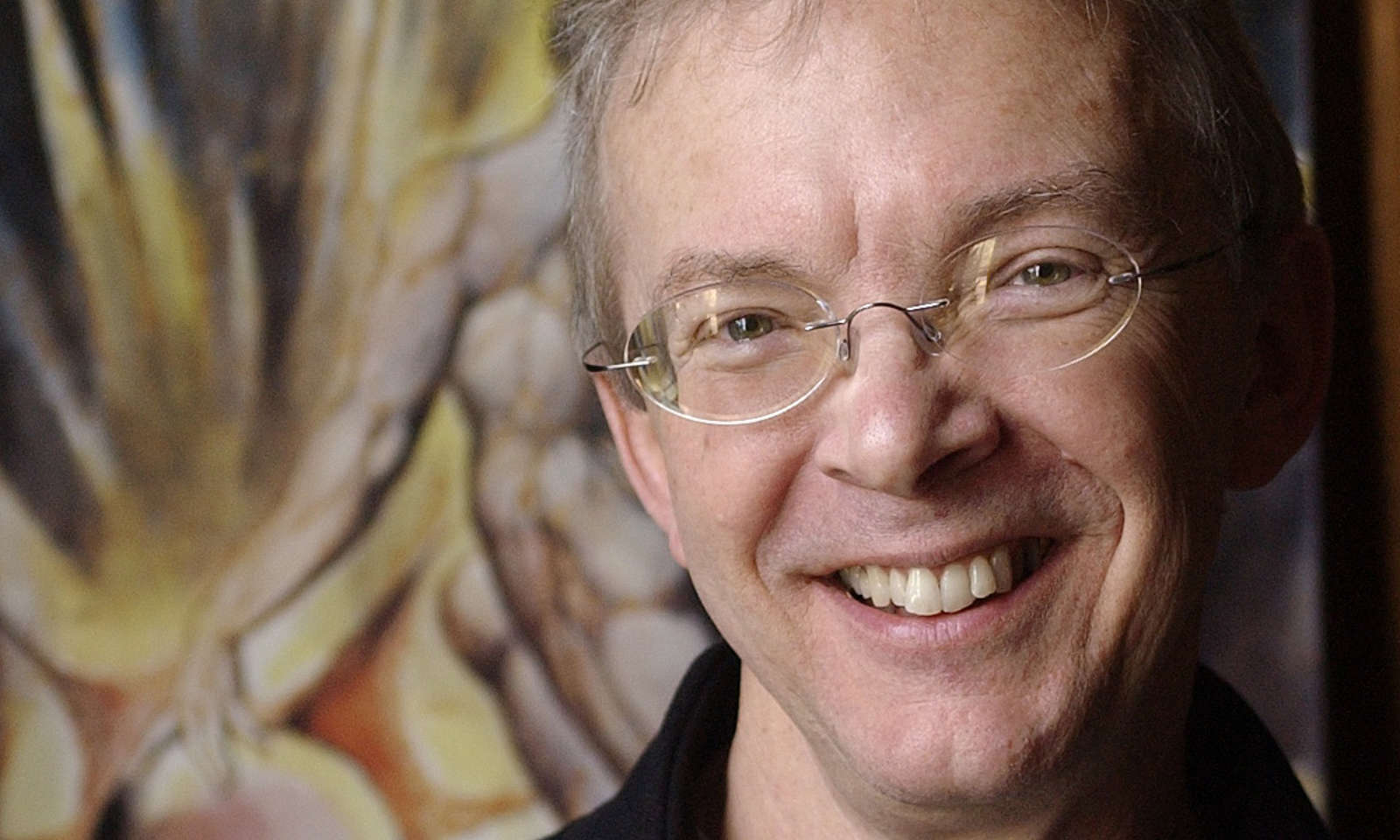Spotlight:
Performing Arts
The University is home to world-class programs in the performing arts through the Eastman School of Music as well as programs in music, theater, and dance in the School of Arts and Sciences. The new Sloan Performing Arts Center— a 25,000-square-foot facility on the River Campus—is slated to open in fall 2020 and will house a theater, scene shop, dressing rooms, costume shop, and green room.
Each month, we’ll interview a faculty member, student, or visiting artist in the areas of music, theater, or dance. Learn more about performing arts on the Institute for the Performing Arts website.
Nigel Maister, the Russell and Ruth Peck Artistic Director for the International Theatre Program, has been running the Rochester program since 2002. Born in South Africa, he has trained both as an actor and as a director. He has designed numerous productions and composed music. He is the author of four plays, several theatrical adaptations and librettos, and two song cycles. His music theater piece, “I Was Here I Was I” was commissioned by the Metropolitan Museum of Art and staged at the Museum’s Temple of Dendur in the Sackler Wing in 2013.
Maister is also a founding member and the resident staging director of Alarm Will Sound, the internationally acclaimed contemporary “classical” and new music ensemble that began at the Eastman School of Music in 1996.
Over the winter break, Maister was a fellow at the MacDowell Colony, in New Hampshire. Before he left, we asked him to talk about his work, as well as what’s ahead for the theater program.
What are you working on now?
I’m working on two projects for the music ensemble Alarm Will Sound—one for which I’m writing the libretto (actually two libretti), and one I’m both writing and directing. I’m also working on a project called Paper Pianos with composer Mary Kouyoumdjian.
Mary was the fiancé of Matt Marks ‘02E, who was a founding member of Alarm Will Sound. I commissioned him three years ago to do the music for my pop rock opera, Mother Courage. Matt died tragically in 2018. Mary’s an accomplished young composer, and we are doing a piece centered around the plight of refugees.
The heart of the piece is the narrative of a young composer/pianist from Kabul, Afghanistan, who taught himself how to play the piano on a paper drawing of a keyboard—because playing music and pianos were forbidden during the Taliban rule. We are using recordings of his words to tell his story, but combining that with other stories of people who work with refugees, who are frequently refugees themselves. Mary came to up to Rochester, and we spent a lot of time with the Catholic Family Center and other refugee organizations in the area, interviewing people. I created a script based on that and I’m working on that at the MacDowell colony. The work will debut in 2019–20.
I’m also working on an original piece which is called A Young Person’s Guide to New Music. It’s based on Benjamin Britten’s Young Person’s Guide to the Orchestra, and will be tied to a companion piece which was inspired partly by my sabbatical, a year ago, in India. It will be a work intended to introduce young audiences to the ideas behind, and the sounds of, contemporary music. This is the main project I used in my application for the fellowship at the MacDowell Colony. Right now, it’s just an idea in my head that I need to get started on, which is why I wanted so much to spend the Christmas and New Year period in a studio in the middle of the snow in New Hampshire (which is what the MacDowell offers artists) with nothing to distract me—in that way I’ll be forced to confront the work and figure out what to do with it.
How were you inspired in India to create this work?
I found a classic text by an Indian playwright that I thought might be a good jumping-off point because new music often embraces other kinds of music. I thought the fact that the core material was nonwestern might open the door to some very interesting conversations.
The International Theatre Program invites many contemporary artists and explores diverse theatrical approaches. How do you stay on top of theater trends?
One of things the program does, which is so unique, is to bring in young, early-career artists from the outside, to work with the students. Because of that, we’re always trying to figure out who is doing interesting work and what kind of work is happening. I try to read about new work that is being done in New York and see it if I can; I talk to designers whose vision I trust about people they’ve worked with or work that they’ve seen that they think is new and exciting; and I get recommendations, or artists approach me having heard of the program from their peers.
At the moment, we’re looking to commission a playwright for next season who will develop a new work as part of what we call the New Voice Initiative, a commissioning program which brings playwrights to the University to create new work for the theater with our students. I’m also working on a new program, ToddX, which consists of panels, workshops, and colloquia by distinguished International Theatre Program alumni. That will happen in March.
How did the idea for ToddX come about?
We’re always saying in the humanities and the arts—and I believe this whole-heartedly—that the arts and the humanities prepare you for any career. I thought, ‘we always say that, but it would be nice to see it in operation.’ ToddX is a way for alumni who’ve been involved in theater and have gone on to other things—some of which may be in the arts, but some of which may not—to come back and talk about what theater gave them and how it’s influenced the trajectory of their careers. I’ve been lucky enough to secure funding to be able to do this and invite some very interesting and exciting people to campus as a result.

People might not realize it, but you’re both a photographer and avid collector of photography. You recently had your work exhibited as well as your private collection featured. Can you tell me more about that?
I’m a collector of photography, and early and vernacular photography in particular. My collection was exhibited as a show titled Irresistible Images at the Faulconer Gallery at Grinnell College, last fall. The exhibition included work from my collection from the dawn of photography in the 1840s through the early 20th century. There were works by well-known pioneers of the medium like Henry Fox Talbot to pictorialists like Gertrude Käsebier; the show culminated in the modernism of Alfred Stieglitz. Among all these were numerous other works by anonymous photographers, which was particularly exciting as it’s an area of photography that’s often not given its due. I’m now working on a catalog of the show.
Also, after 25 years of inactivity, I’ve started to revisit my own photographic practice. A piece from a recent series was featured in a Save Art Space installation on a billboard in [Rochester’s] Neighborhood of the Arts. Save Art Space is an organization that showcases art on public advertisement space in communities around the United States. The piece they selected was from a series I created from appropriated photography—a series that was a gateway back into visual art practice for me. At the moment I’m working on small things, but nothing, as yet, significant.
I’m extremely lucky to have a foothold in a bunch of artistic practices: music, writing, visual arts, theater. I’ve never liked to be pinned down as one particular thing or to any one medium. I’ve always been broadly curious. Even in my theater work, I always try and do something that I haven’t done before. I feel that’s one way of keeping me fresh both intellectually and artistically.



